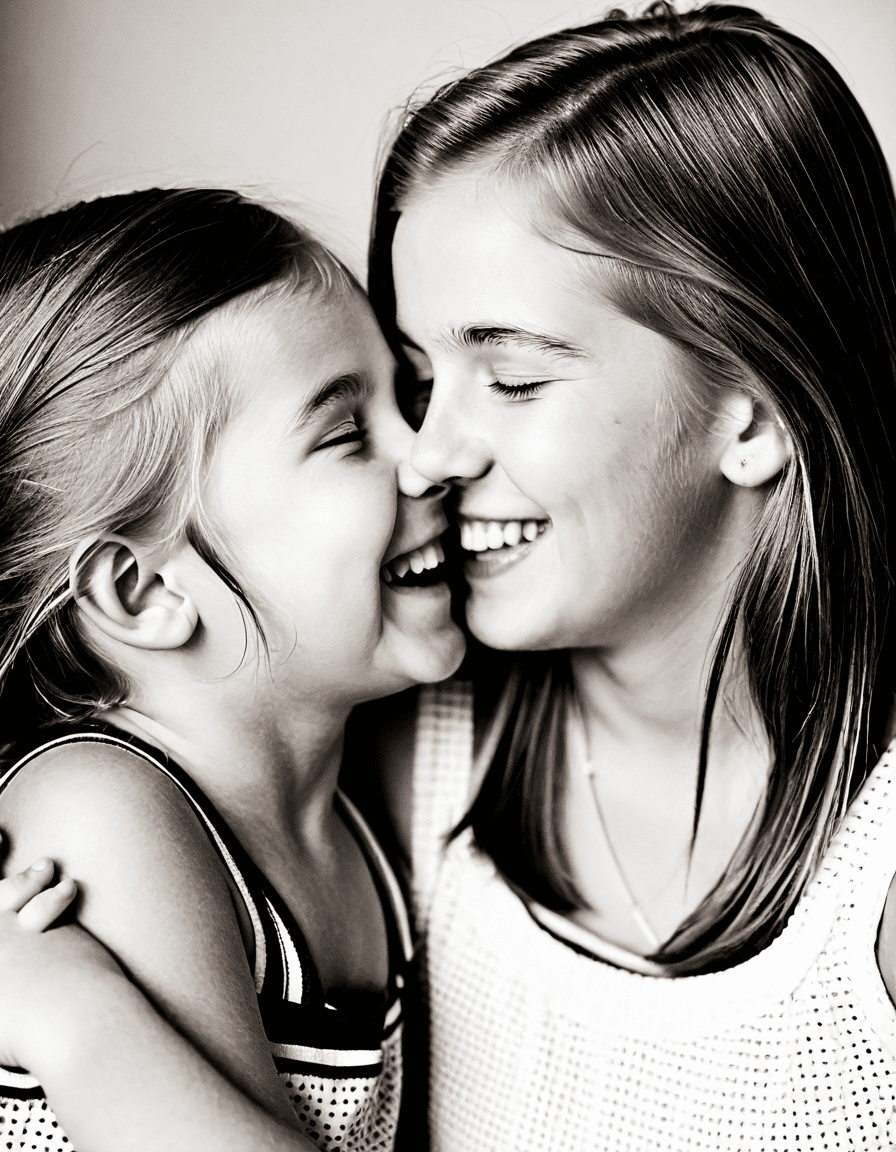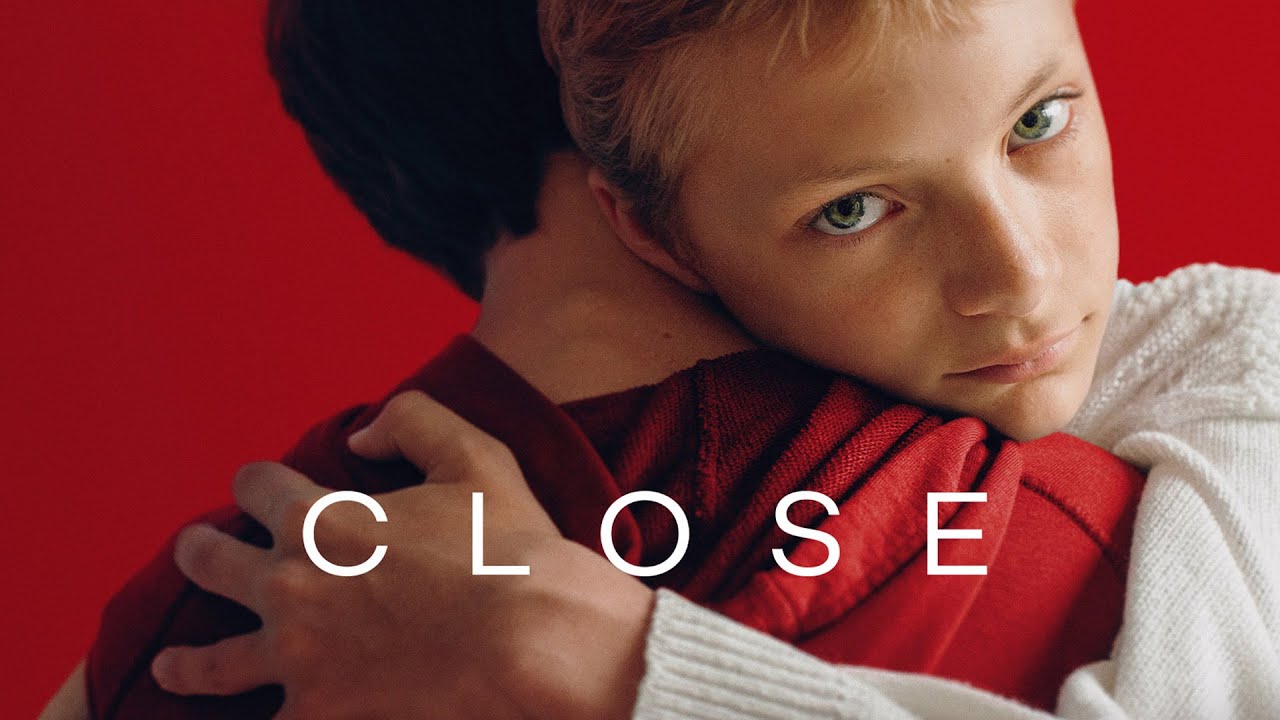In 2026, Close stands out as a poignant cinematic experience that has captivated audiences and critics alike. The film, directed by Lukas Dhont, captures the essence of youth, friendship, and the poignant struggles of growing up. Its narrative delicately embarks on a journey through emotional landscapes that many can relate to, providing insights that go beyond the typical coming-of-age story. With a focus on themes that resonate deeply, Close isn’t just another film; it’s a vital exploration of what it truly means to grow up in today’s world.
1. The Heartfelt Themes of Close
The strengths of Close are encapsulated in its exploration of various themes, each resonating differently with audiences. Here are five critical themes depicted in the film that have struck a chord:
The film portrays the tender bond between the young protagonists, Leo and Remi. Their friendship evolves as they face the challenges of adolescence, highlighting the need for emotional honesty. Many viewers find themselves reflecting on their own friendships during pivotal years, making this theme universality relatable.
With the backdrop of adolescence, Close dives into the journey of self-discovery. It artfully illustrates how societal expectations can influence one’s sense of self. This reflection strikes a chord with younger audiences navigating their identities as they deal with peer pressures, a phenomenon that we all encounter at different stages of life.
The film doesn’t shy away from depicting the emotional turmoil of losing someone important. The portrayal of grief in Close is raw and realistic, compelling viewers to confront their feelings. This theme invites audiences to embrace the emotional weight of loss and encourages open discussions about mental health.
Dhont boldly tackles the rigid structures surrounding masculinity and friendship. The film’s nuanced portrayal invites viewers to reconsider their understanding of societal norms. By shining a light on these expectations, Close encourages conversations about the pressures we all face in our daily lives.
Throughout Close, characters grapple with the concept of life’s fragility. This existential exploration resonates with audiences, encouraging reflections on personal mortality and the importance of cherishing relationships. After all, life is fleeting, and Close beautifully captures this truth.

2. Emotional Resonance: Why Audiences Connect with Close
The connection between Close and its audiences isn’t just coincidental; it’s grounded in powerful storytelling and authentic character development. Below are key components that evoke strong emotional responses from viewers:
The film prioritizes nuanced character development. Leo and Remi are portrayed with depth and authenticity, making it easier for audiences to relate to their struggles. The performances of both actors bring to life the innocence and complexity of youth, allowing viewers to invest emotionally in their story.
Close is set against a realistic backdrop that doesn’t exaggerate childhood dilemmas. This relatable context allows audiences from diverse backgrounds to see themselves within the narrative—whether you’re from Buffalo, NY, or elsewhere, the themes of youth and friendship are universal.
Dhont employs close-ups and lingering shots to emphasize emotional turmoil. These cinematic strategies immerse audiences into the characters’ internal conflicts. Every emotional moment feels palpable, and viewers can’t help but be drawn into the story’s heartfelt tapestry.
3. Audience Reactions and Critical Acclaim
Close has not only garnered critical acclaim but has also resonated with diverse audience demographics. The film’s reception has been overwhelmingly positive, characterized by several key factors:
Winning awards at international film festivals showcases its universal appeal. Close bagged the prestigious Grand Prize at the Cannes Film Festival, underlining its impactful storytelling.
The film has thrived on organic buzz generated by viewers who appreciate its depth and emotional honesty. With fans raving about it on social media, the grassroots promotion has amplified its reach and resonance.
Audiences have engaged in discussions on various platforms, sharing personal stories that parallel Close’s themes. This level of engagement highlights the film’s cultural significance and has further enriched its legacy.

4. A Lasting Impact on Contemporary Cinema
As we reflect on the cinematic landscape of 2026, Close symbolizes a shift towards more intimate storytelling. It encourages filmmakers to delve into emotional intricacies, providing audiences with narratives that feel tangible and relevant. Dhont’s work may herald a new wave of emotionally charged cinema that emphasizes human connection.
The journey that Close takes us on is not just a viewing experience; it’s a poignant reminder of our shared human emotions and experiences. As audiences continue to resonate with its messages of friendship, loss, and identity, we recognize that the power of cinema lies in its ability to connect us. This film profoundly invites empathy and introspection, shaping not just a moment in film history but fostering a deeper understanding of our narratives.
In a time where storytelling often veers towards the fantastical, Close refreshingly grounds us in reality, showcasing the beauty of everyday moments. As we immerse ourselves in the magic of film, we realize the journey through Close isn’t simply one meant to be watched; it’s one meant to be felt. So, grab your popcorn and immerse yourself in this emotionally charged masterpiece—because movies like Close remind us why we fell in love with cinema in the first place.
Close Captivates Audiences with Its Heartfelt Story
Behind the Scenes of Close
Fans of “Close” might find it fascinating that the film was inspired by a true friendship between two young boys. This heartfelt narrative dives deep into the essence of growing up, a journey that elicits nostalgia for many, prompting reflections on their own memory of childhood friendships. Interestingly, the film explores themes that resonate universally, allowing audiences to connect with the characters on a personal level. Filmmakers actually studied various dynamics of relationships in early adolescence, highlighting how formative these years can be.
The Talent Involved
Celeste O’Connor, known for her exceptional range in acting, plays a pivotal role in “Close.” Her presence not only enriches the film but also brings a fresh perspective to the storyline, which involves navigating the complexities of youth identity and connection. Speaking of perspective, “Close” found inspiration from various artistic movements, weaving in elements reminiscent of powerful cinema. The emotional depth of the film has also drawn comparisons to other heartfelt narratives, such as Breath, which delves into personal growth amid life’s changes.
Location and Inspiration
Interestingly, the film was shot in various locations, including some stunning sights that capture the essence of buffalo ny. The cinematography immerses viewers in a rich visual storytelling experience. This aspect of “Close” is critical to how the story unfolds, as beautiful landscapes often complement characters’ internal struggles. Did you know that the director aimed to use these visuals not just as a backdrop, but as a character in itself? The framing was done with such care that it almost becomes a silent witness to the boys’ trials and joys, much like how community property States have laws that silently govern relationships.
More trivia enthusiasts might appreciate that “Close” pushed the boundaries of typical storytelling through authentic dialogue and relatable moments, inviting viewers to feel emotionally invested. While the film stands strong on its own, it’s impossible not to notice threads linking it to broader cultural narratives, much like those represented by figures like Ross Perot—whose story reflects persistence and resilience. Just as every note in My Mix contributes to a larger tune, each element in “Close” beautifully complements the overarching message of love and friendship.








